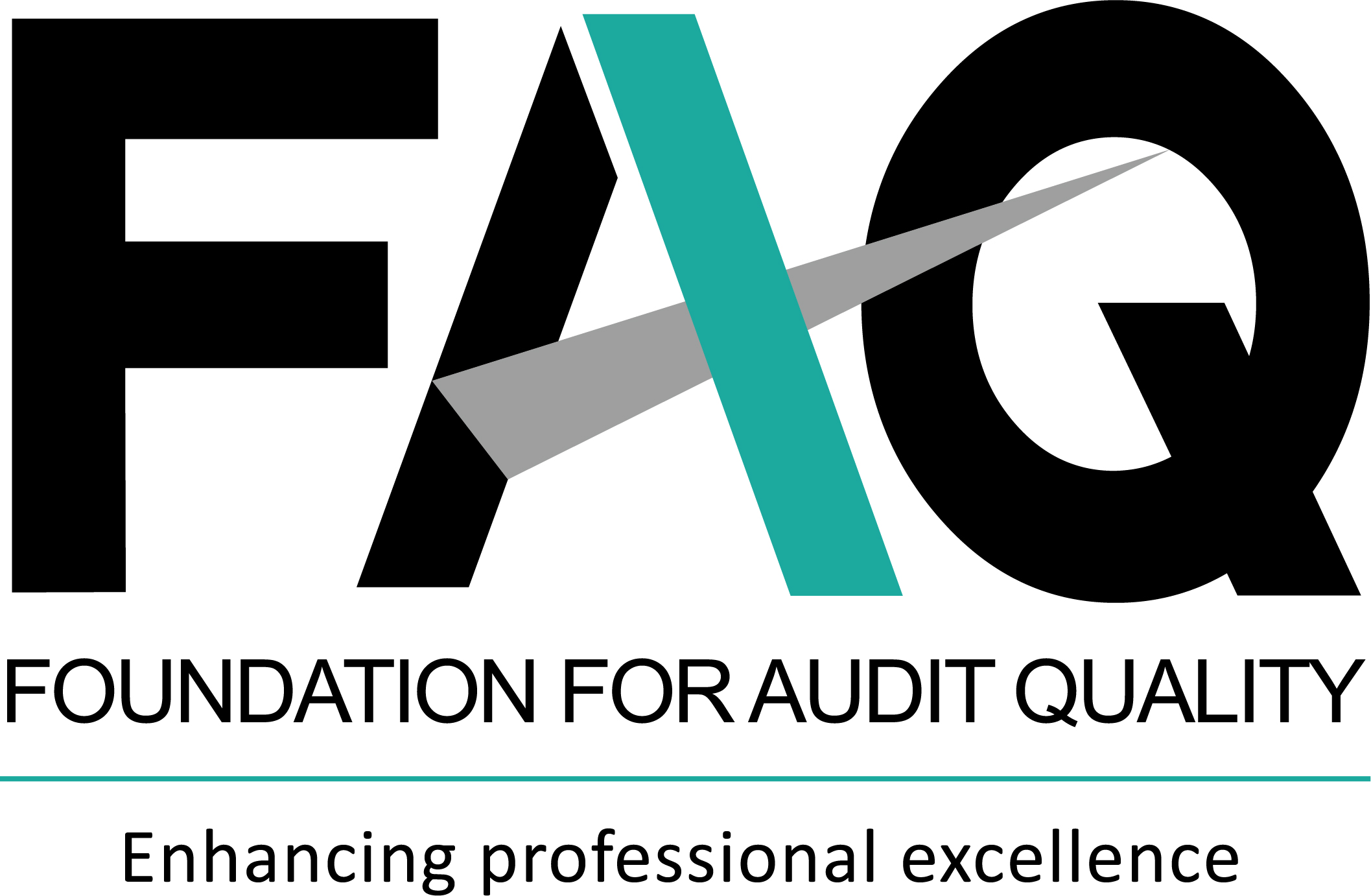FinTechs are significantly reshaping the landscape of financial services by streamlining processes, improving accessibility and reducing costs. Achieving balance between innovation and meeting regulatory priorities in a manner that protects consumers and contains risk, is crucial to optimising the contribution of the FinTech sector.
Self-regulation within the FinTech sector is a preferred approach for achieving this desired balance. Accordingly, on 15 January 2024, RBI issued the draft framework for recognising self-regulatory organisations for FinTech sector (the draft framework). The draft framework consists of following five chapters:
- Chapter I – Preliminary
- Chapter II – FinTech SRO – Characteristics and Operations
- Chapter III – FinTech SRO – Eligibility and Membership
- Chapter IV – FinTech SRO – Functions and Responsibilities, and
- Chapter V – FinTech SRO – Governance and Management.
The draft framework is open for comments up to 29 February 2024.
To access the text of the draft framework, please click here
In October 2020, RBI had issued the revised regulatory framework for HFCs, wherein it stated regarding the phased harmonisation between the regulations of HFCs and NBFCs.
Consequently, on 15 January 2024, RBI issued a draft circular – Review of regulatory framework for HFCs and harmonisation of regulations applicable to HFCs and NBFCs (the draft circular). The draft circular proposes to harmonise certain regulations of HFCs with those applicable to NBFCs, including:
- Deposit directions for deposit taking HFCs
- Participation of HFCs in various derivative products for hedging purposes
- Diversification into other financial products
- Adoption of technical specifications by HFCs under account aggregator ecosystem, etc.
The draft circular also proposes to review certain directions for deposit taking NBFCs.
The draft circular is open for comments up to 29 February 2024.
To access the text of the draft circular, please click here

